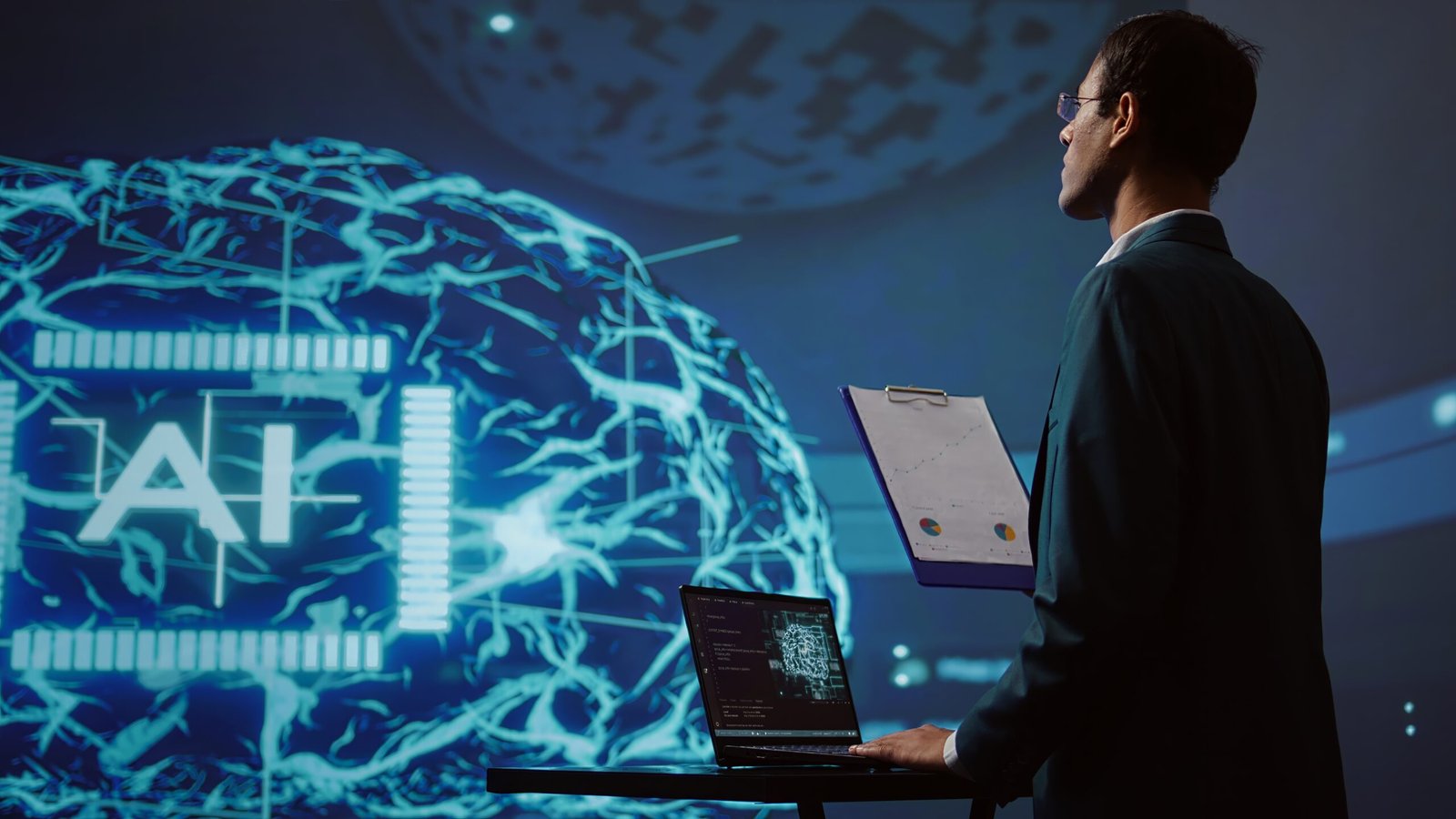Artificial intelligence has started to reshape how enterprises approach software testing. Traditional methods often require significant manual effort and leave gaps in terms of speed and accuracy. AI changes this by introducing more innovative ways to automate tasks, analyze data, and guide decisions that directly impact software quality.
This shift affects more than just test execution. It influences how teams collaborate, how risks are identified, and how fast software reaches production. As a result, enterprises now face new opportunities to streamline testing, reduce errors, and improve outcomes across complex systems.
AI automates repetitive test cases, increasing efficiency and reducing human error
AI can handle repetitive test cases that often take up valuable time for QA teams. By automating these tasks, teams reduce the manual effort needed and avoid mistakes that can occur due to fatigue or oversight.
This shift allows testers to focus on higher-level analysis instead of repeating the same checks. As a result, projects move faster while still maintaining accuracy in test execution.
An AI-driven enterprise testing tool can generate and execute test cases across various environments without requiring constant manual updates. Some tools also adapt to changes in the software, which reduces the need to rewrite scripts after every update.
Machine learning models can analyze past test data to predict weak points in the application. This helps teams identify likely failure areas before they cause real issues in production.
By automating repetitive tasks, AI reduces human error and increases test coverage. Enterprises gain more consistent results, which supports better quality across complex software systems.
AI-driven analytics identify high-risk areas with up to 65% greater accuracy than traditional methods
AI-driven analytics enable teams to identify patterns in test results that traditional methods often overlook. By analyzing large volumes of data from multiple sources, AI highlights weak points in software systems with greater precision. This leads to earlier detection of defects that could affect performance or security.
Traditional testing often relies on predefined rules and manual review. These approaches can overlook subtle correlations across complex systems. AI, on the other hand, compares historical data with current outcomes to predict where failures are most likely to occur.
Studies show that AI-based models can identify high-risk areas with up to 65% greater accuracy than rule-based methods. This improved accuracy helps testers prioritize their efforts on the most vulnerable parts of the system.
As a result, teams can allocate resources more effectively and reduce the chance of costly issues reaching production. The ability to focus on high-risk areas also shortens testing cycles without lowering quality.
Integration of AI across business units improves collaboration in testing processes
AI supports collaboration in testing by connecting development, QA, and operations teams with shared insights. Each group can access the same data, which reduces miscommunication and helps align testing goals with business needs. This creates smoother workflows and fewer delays.
Teams also gain the ability to identify defects earlier because AI tools analyze patterns across different stages of testing. As a result, feedback loops are shortened, and issues reach the right team more quickly. This leads to more consistent progress across units.
In addition, AI helps balance workloads by automating repetitive tasks and distributing work more evenly. Developers focus on coding, while QA teams handle higher-level analysis. This division of effort reduces bottlenecks and supports steady delivery timelines.
AI integration also enables business leaders to track quality metrics in real-time. Clear visibility into testing outcomes enables easier prioritization of resources and coordination across departments. This shared view strengthens accountability and decision-making throughout the software lifecycle.
AI accelerates test creation and execution, enabling faster software release cycles
AI helps teams create test cases faster by analyzing requirements and code patterns. This reduces the time spent on manual scripting, allowing testers to cover more scenarios in less time. As a result, teams can start validation earlier in the development process.
Automated execution further shortens the cycle. AI-driven tools can run tests across multiple environments at the same time, which speeds up feedback for developers. Faster feedback means defects get fixed sooner, lowering delays before release.
In addition, AI can adapt test scripts when software changes. This reduces maintenance work and prevents outdated tests from slowing the process. Teams can keep pace with frequent updates without rewriting large parts of their test suites.
By combining faster creation, adaptive maintenance, and parallel execution, AI supports shorter release cycles. This allows organizations to deliver new features and updates to users more quickly while maintaining consistent quality.
AI improves defect detection by analyzing large volumes of data for patterns
AI supports defect detection by processing large sets of test results, logs, and code data. It identifies patterns that suggest errors or irregularities that might go unnoticed in manual reviews. This approach allows teams to find issues earlier in the development cycle.
By comparing new data against past defect records, AI can highlight recurring problems and predict areas where failures are more likely. This helps testers focus on sections of the system that pose a higher risk. As a result, testing efforts become more targeted and efficient.
AI also reduces false positives by filtering out noise in the data. Instead of overwhelming testers with every minor alert, it prioritizes findings based on severity and impact. This creates a clearer view of which defects need attention first.
Over time, these systems adapt to new patterns and defect types. They refine their accuracy as more data becomes available, which supports long-term improvements in software quality.
Conclusion
AI has reshaped enterprise software testing by making processes faster, more precise, and more adaptable to complex systems. It allows teams to focus on high-risk areas while reducing repetitive manual effort.
As a result, testing has shifted from a narrow technical task to a broader practice that supports business goals and product quality.
AI does not replace human judgment, but it supports it with data-driven insights and smarter automation. This balance helps organizations deliver software that meets both performance and user expectations.

